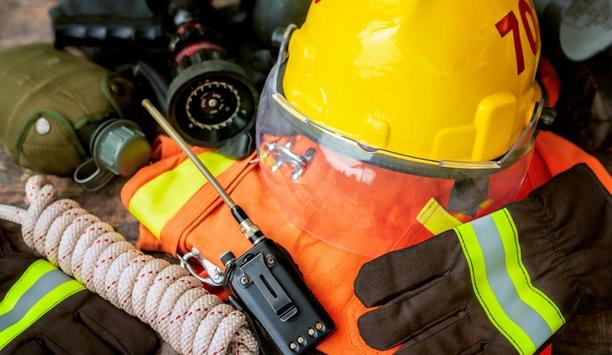Dyne Fire Protection Labs is excited to announce the growth of the laboratory services to include Total PFAS Analysis via TOF.
The concerns regarding per- and polyfluoroalkyl substances (PFAS) continue to grow. In response, regulations continue to impose restrictions on PFAS, a group of thousands of manmade chemicals, and not just individual species of PFAS, like perfluorooctanoic acid (PFOA) or perfluorooctanesulfonic acid (PFOS). As a result, PFAS analytical techniques that only look for a handful of PFAS species may not be sufficient in determining PFAS contamination.
Advanced notice and further method validation
More sample matrices may be studied upon advance notice and further method proof
Dyne is pleased to announce our recent investment in Metrohm’s new, state-of-the-art, fluorine analyzer: the ProfilerF. The ProfilerF can determine both total fluorine and free fluoride (fluorine from ionic compounds) content in a sample.
The difference between total fluorine and free fluoride can be attributed to organic fluorine, which is the fluorine from organic compounds that fall under the PFAS definition.
Dyne has recently validated a method that is able to accurately determine fluorine content in both firefighting foam and water samples with a quantification minimum of 1 part per million (ppm). Additional sample matrices may be analyzed upon advanced notice and further method validation.
Improvements in fluorine-free alternatives
According to Grant Lobdell, the Laboratory Manager at Dyne, "The firefighting foam industry has been under scrutiny regarding the use of fluorinated foams for years. With the improvements in fluorine-free alternatives now starting to drive this industry away from fluorinated foams, our customers need a quick, easy, and accurate way to distinguish between these products and verify fluorine content to meet local regulations."
Grant Lobdell adds, "This service will also be very useful for those switching out an existing system from a fluorinated foam to a fluorine-free alternative to ensure adequate rinsing of the system and to avoid contamination."
















